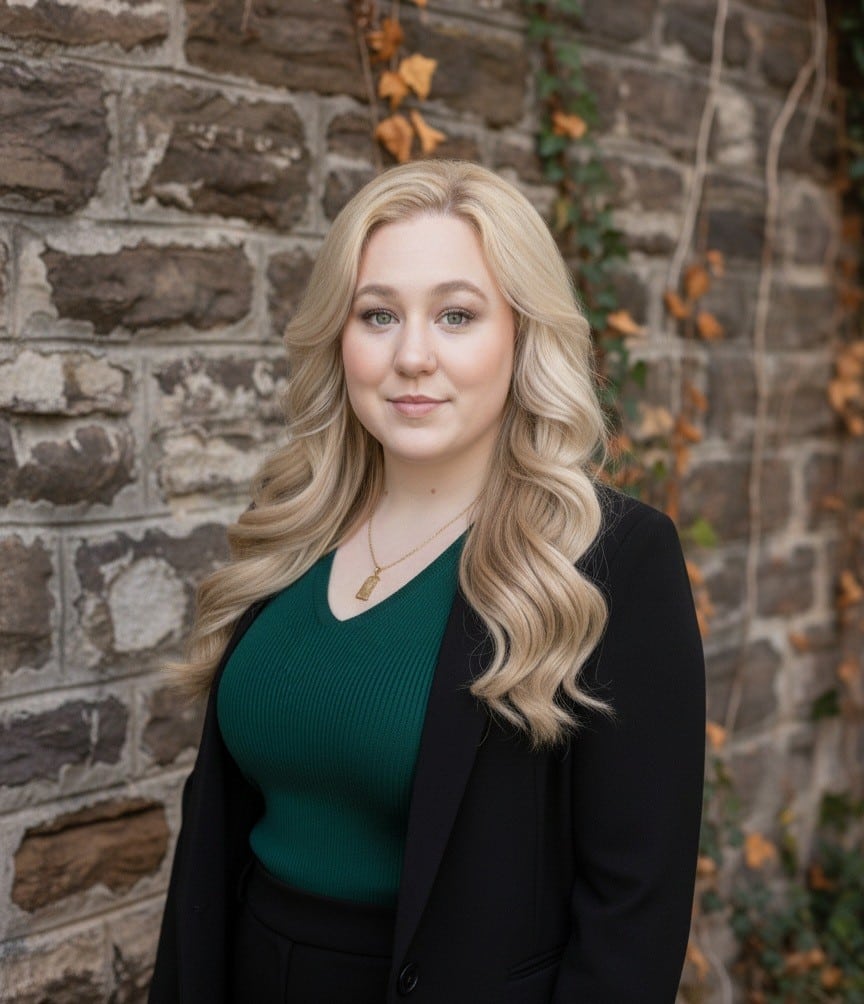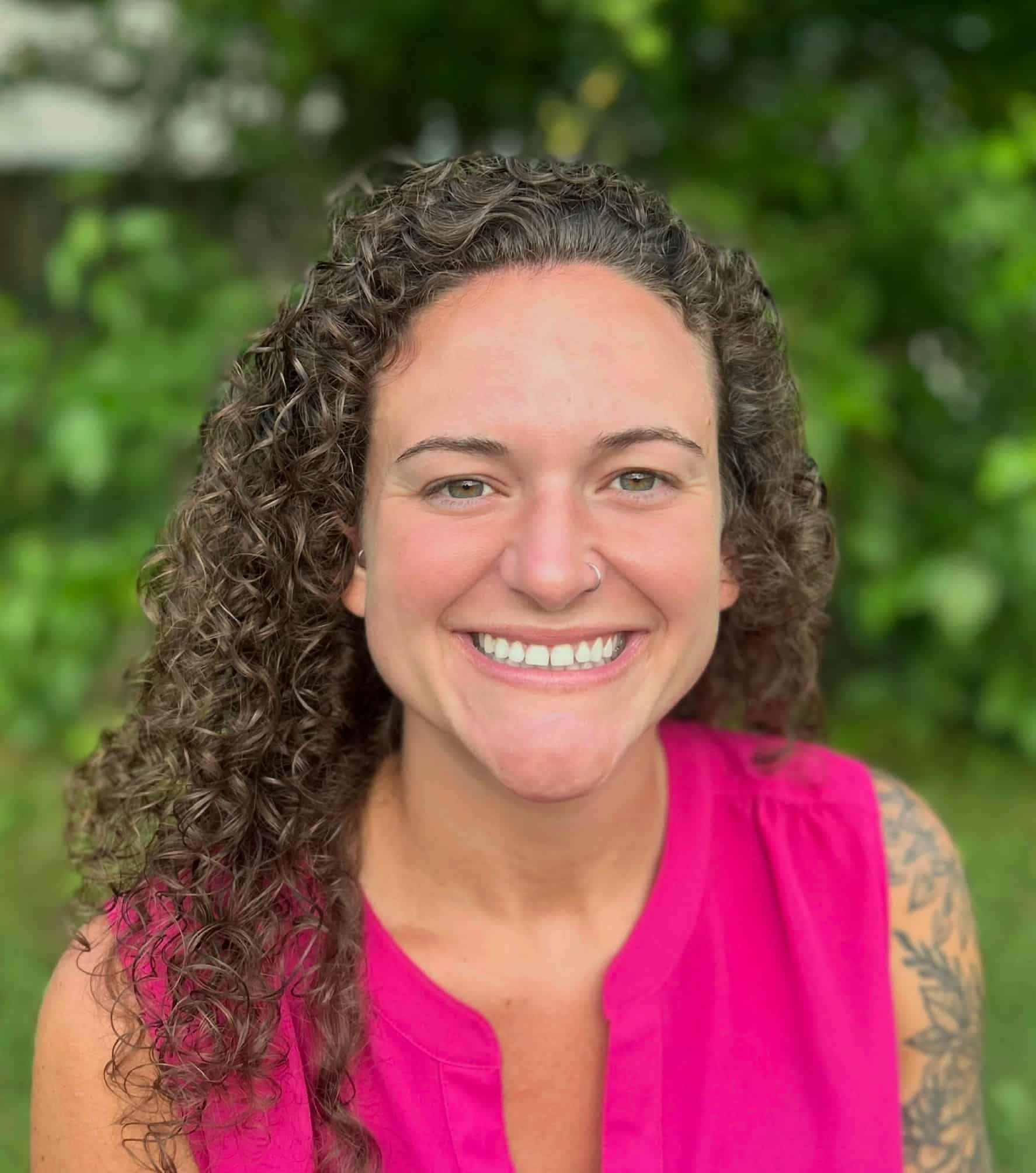Structure is the natural nemesis of addiction. It implies control, measured and intentional actions, as well as thinking ahead. A routine is an easy way to implement structure to the day-to-day life of a recovering addict that has both short and long-term benefits in the recovery process. Fortunately, doing so can be as simple as a few tweaks to your usual habits. Here are 10 easy ways to create a routine during recovery and begin reaping the benefits:
What Is Routine? Finding Reassurance in the Expected
At first, the thought of having a routine might sound boring. However, it doesn’t mean doing the same thing every single day. It’s merely having a few, key actions that you do on a consistent basis.
Routine provides an anchor in your daily life bringing familiarity and comfort and helps to combat boredom. All of which are important feelings that can play a role in the success of addiction treatment. This is why creating a routine is particularly encouraged in the early stages of treatment when new patients might feel overwhelmed by undergoing so many drastic changes in a short span of time.
Additionally, many of the same principles that apply to following a routine directly correlate with the mindset needed to overcome addiction. Individuals who are able to keep up with a routine (or get back on track when they go off course) often experience greater success with their treatment.
Daily Routine Examples
- Waking up and journaling about how you feel
- Having a specific order to your personal hygiene practices (i.e. brushing your teeth and then washing your face)
- Spending five minutes every morning tidying some part of the house
- Setting a specific time for all meals
- Making tea, coffee, or a smoothie every morning
- Meal prepping/planning your meals the day before
- Washing your dishes immediately after eating
- Going for a walk at sunset (or any other specific time of day)
- Planning and laying out your outfits for the next day
- Lighting a candle at a certain time to wind down and prepare for bed
The Key To Making A Daily Routine
The key to creating a successful routine (i.e. one that you can feasibly stick to) first comes from looking at your existing habits and preferences. While it’s important to consider the actions of your ideal self, setting an unrealistic routine sets you up for failure. Here’s an example: if you are a night owl that regularly stays up late, trying to incorporate yoga at sunrise as part of your routine is far from realistic. A better idea would simply be to do yoga when you first wake up, allowing yourself some flexibility on when that may be.
When creating elements of a routine, it’s important to start small. You can add loftier goals as you become more experienced with sticking to a routine, but in the beginning, try looking for ways you can implement some structure within your everyday life. Think of actions that are minimally invasive and don’t require much time or effort on your part.
Addiction treatment is a process that is as much about physical healing as it is mental. Routines allow individuals to feel in control of their lives once again – a mentality that can make or break successful treatment. No matter how or when you implement one, the benefits of establishing (and maintaining) a routine are worth it.











































